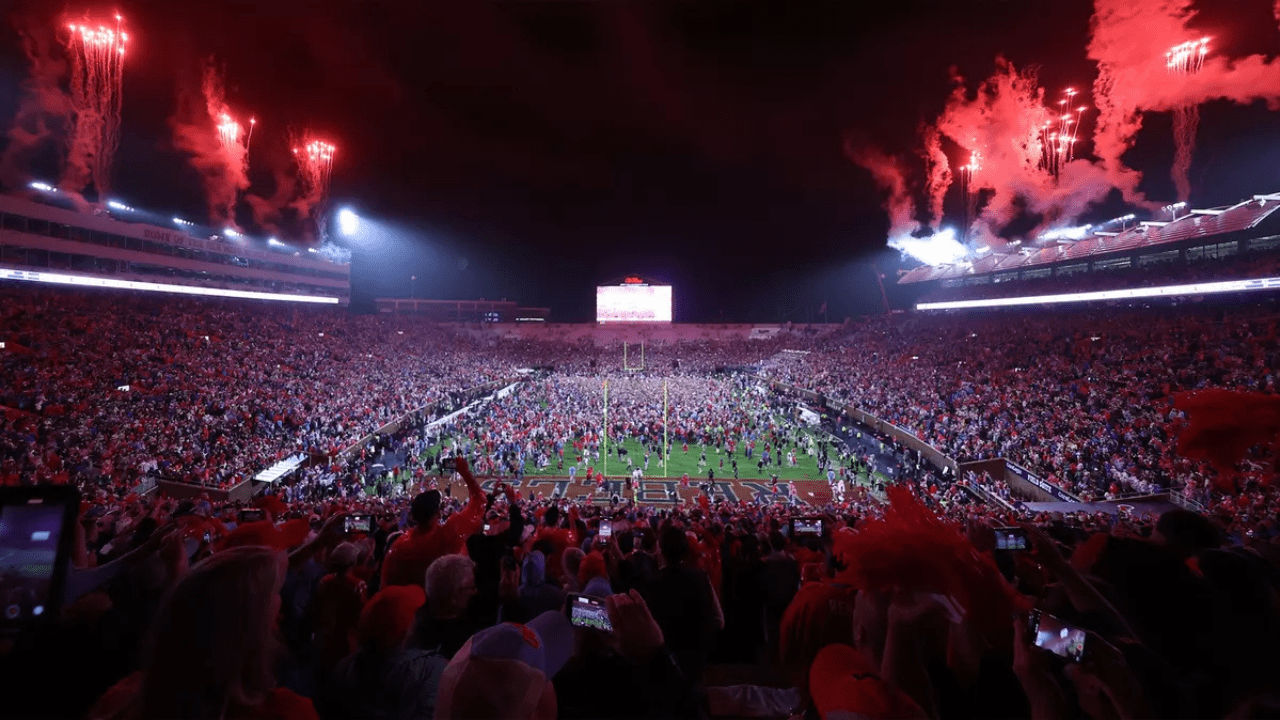
By: Andy Taggart
A couple of weeks ago, in a piece entitled “Votes Matter,” we looked at the history of Mississippi’s last forty years of governor’s elections, and tried to draw some conclusions about what might happen in the race between Tate Reeves and Jim Hood. I suggested in that column that if voter turnout on Election Day exceeded 800,000 votes, Tate Reeves would be elected Governor of the State of Mississippi. Unofficial totals from yesterday’s results show that more than 860,000 votes were cast in the governor’s race, and of those, over 850,000 were cast for Reeves or Hood.
Tate Reeves won handily.
The key historical premise of that earlier piece was that Democrats running for governor have never been able to gather more than a few votes over 400,000, no matter the circumstances. Prior to yesterday, only William Winter (1979), Bill Allain (1983) and Ronnie Musgrove (2003) had cracked the 400,000-vote mark, and only by the barest margin in each of those elections.
Jim Hood barely topped 400,000 votes yesterday. With all precincts reporting, his unofficial total stands at 401,175 as of this writing.
Adding yesterday’s results to the charts published two weeks ago only serves to make my earlier point even more strongly: no matter what they do, who they run, or how well they finance their campaigns, Democrats running for governor in Mississippi cannot break the 400,000-vote barrier by any significant number of votes.
A first look at Chart 1 might lead to the quick, and inaccurate, conclusion that Democrats have turned it around in Mississippi. Because the lines representing vote totals of the candidates appear to be converging after yesterday’s election, some optimistic Democrats might be tempted to read the data to mean that “we’ll get them next time.”
Chart 1
But when seen for what they are, yesterday’s numbers only return us to the historic range in which vote totals were running in gubernatorial races before the highly uncompetitive election years of 2007, 2011 and 2015.
Chart 2 shows results for Democratic nominees for governor for all elections since 1975, and again, Jim Hood’s marked improvement in number of votes over the Democratic nominees in recent elections seems impressive.
Chart 2
But the elections of 2007, 2011 and 2015 were not competitive races and the results from those years skew the trend line in a way that can lead to bad conclusions. When we take the totals from those three races out of the mix, as reflected in Chart 3, and compare Hood’s totals to races from 2003 and before, we see that he ended up right where we expected – hovering just above 400,000 votes:
Chart 3
And, the converse is true for Tate Reeves’s winning total yesterday. Unofficially, Reeves polled an impressive 449,841 votes.
When viewed against the totals earned by Republican Phil Bryant in his two successful races for governor (2011 and 2015), Reeves’s total yesterday might appear to be a pull back for Republicans. Take a look at Chart 4:
Chart 4
But if we drop out the results from those two election years, and also from 2007, though Reeves polled higher yesterday than Haley Barbour did in his reelection bid in 2007, we see that the Republican standard bearer’s total yesterday was almost exactly where we would have expected it to be based on history, and comes quite close to Barbour’s total in the last competitive race for governor (2003) before this year’s. Chart 5 shows Republican-only vote totals for elections up to 2003, plus 2019, but the three elections of 2007, 2011 and 2015 omitted:
Chart 5
Those who will point to yesterday’s results as a basis for building a Democratic strategy for the future will find themselves disappointed. And the false narrative that Tate Reeves could not unite Republicans in a race against a popular, populist Democratic opponent was just that – false.














